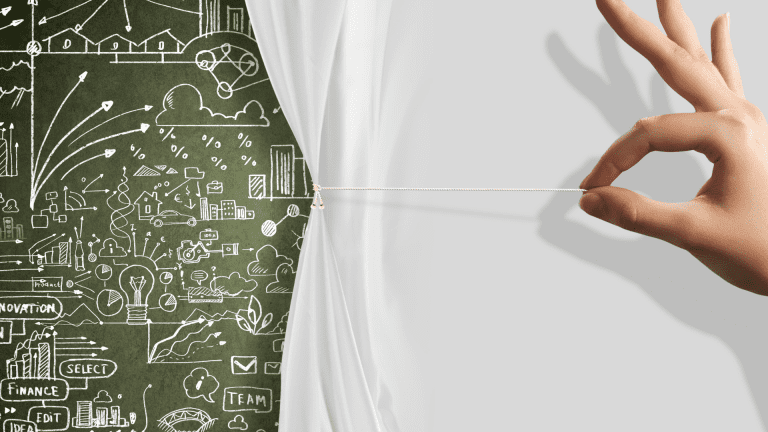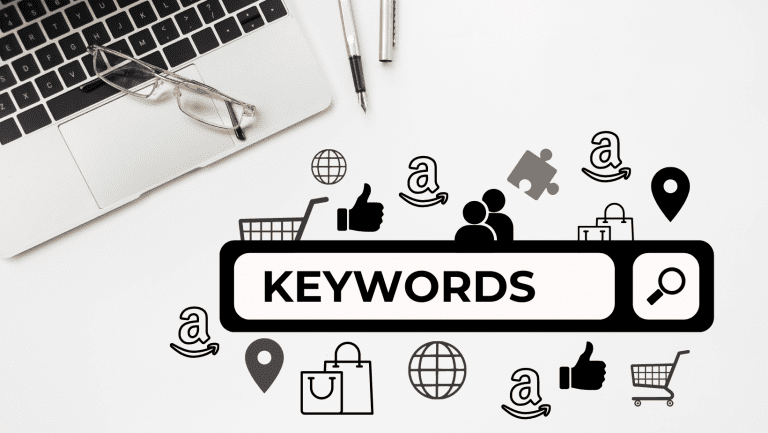In this section we could write pages and pages talking about everything that needs to be planned, but broadly speaking we must:
1.1. Define the products that we are going to promote, or we intend to include in the promotion to become the spearhead of the rest of our catalogue.
Bear in mind that in this event people know what they want, they know the big offers big brands make (the electronics category is the most visited) and they take the opportunity to buy that product they want but they cannot afford without a discount or if they can afford it, they take the opportunity to buy that complement to the product that otherwise they would not. For example, if we are thinking on buying a computer, we wait until these days to see if there is a discount on any of them and if so, why don’t I also buy a keyboard, a wireless mouse or even a tablet to use as a computer when I travel.
1.2. Define the discount I can assume for the selected products.
To be able to participate with a Prime Day offer, the product must reach a minimum discount or Amazon will not let you promote it with this type of offer. The minimum discount is 20% but it is true that, after 4 years tracking and participating with our clients in Prime Day, we can already tell you that most of the time Amazon asks you for a bigger discount. Depending on the category and what your competitors are offering, Amazon will decide whether to accept your discount and the day and time that the discount will be displayed.
If you are selling on Amazon in the Vendor format (you know that in this format you sell your product to Amazon at a negotiated price and then they sell it on your behalf) time has expired to include your promotions for the event. Now Amazon will decide whether your discount is relevant and if it is not, they will cancel the promotion. Keep an eye on your promotions in case they are cancelled so that you have time to activate another type of promotion if you wish.
If you are selling in the Seller format (you use the marketplace to sell your products and you pay Amazon a % commission on your sales), you can only participate with a Prime Day offer if Amazon offers it to you. In other words, Amazon confirms the products that are “available” for you to participate in the promotion and will indicate the minimum recommended % discount for this.
1.3. Define the stock and send the product to Amazon’s warehouse.
We cannot include a product in a promotion without first analysing the discount affordable and stock availability. Imagine that when we need to deliver, we are not able to supply enough stock – we would have lost a great opportunity.
As in the previous case, the situation varies depending on whether you are a Vendor or a Seller. If you are a Vendor, when you include the promotion, you include too the amount of product to be sold at that discount, which is then easy to stock in your warehouse. Amazon will proceed to open a P.O (Purchase Order) and you will have to deliver the quantity in the time and manner requested.
In the case of the Seller, you do not have to wait for any order from Amazon, you decide. Here, if you are in FBA format ( Amazon takes care of the storage and logistics of your product), send your product as soon as possible to avoid last-minute problems. And if you send it in advance, send more than you have calculated, as traffic and product sales also increase in the weeks before and you don’t want to run out of supplies when the big moment arrives. If you are selling as a FBM (you store the product yourself and send it to the end consumer), check that you have enough quantity and do not hand it over to another distributor.
1.4 Define the advertising budget for the Event.
If Prime Day is relevant for you as a seller, it is also relevant for the rest of the sellers. Everyone wants to take advantage of the traffic at that time, and therefore, advertising is a fundamental pillar to be able to showcase your product and achieve the desired sales.
When defining the budget and planning the strategy, bear in mind that the event does not last only 2 days but has a lead-up and a lead-out phase. We will talk about this briefly in one of the following points.
2. Seek to improve your organic positioning.
If we have already defined which products we are going to promote on Prime Day, we should push them accordingly. In these months in advance, our main objective is to try to improve the organic positioning of these products to reach the peak days in the best situation.
It is important to improve the “sales rank” progressively and if we increase the reviews and improve the rating, even better. This is not the time to talk about the improvement techniques that exist, but we will write it down for a future post on the blog.
3. Optimise your detail files.
This work is fundamental, and it is advisable to activate it, the sooner the better, so that the detail pages can be indexed correctly as well as gain history. For this type of event we recommend:
- Review the current images, update them, if necessary, review how are they organized and if you don’t have a video, there is still time to include it or even produce it. You already know that images are fundamental for sales and, on mobile phones, they are the first thing we are going to see, so review and optimise everything you can.
- Review both front and back-end keywords. Review the ones that work well in advertising and the ones that worked well last year and check that you have them included.
- Check the questions and reviews and include the information customers are asking for.
- Include in your A+ the cross-selling table if you don’t have it active yet and include those products that you are interested in pushing on the event date.
If you also have active variation detail pages, check that they are well done, that the products are in stock and that the “parent” is well chosen. If you do not have variation detail pages, analyse the data, as you may be interested in activating one.
4. Activate other types of promotions for the rest of your catalogue.
Amazon has a series of promotions that can be activated during the Prime Day period and that do not have to be as aggressive as those of the event itself. Therefore, it is a good idea to analyse your catalogue and activate some of them to take advantage of the traffic increase. Do it intelligently and assuming the discount that the product can support – it is not about activating very high promotions but being relevant and attractive to consumers. Analyse the category, collect and analyse data from the last edition and check your stock and the product life cycle to decide. If you want to include a 7-day price discount (only active if you are in the Seller mode and on products Amazon considers eligible) you must do it as soon as possible, but if you are thinking about coupons, you can do it even a few days before the event itself without any problem.
At Amazing we prepare promotion plans on an annual basis, considering both the seasonality of the product and the life cycle in which it finds itself. Maybe your product is not attractive at that moment for the user, it is the perfect time to push it. But it can also be the time to support your entire catalogue and a discount coupon not too high % for the purchase of 2 or more products from the catalogue can be a very good option… but as I say, this is just one example of many that can be done when talking about promotions on Amazon.
5. Plan your advertising strategy for the event.
As we have said before, the Prime Day event is very long, and it is not just the two specific days. You must work it in 3 moments or phases:
- Phase 1 or Lead-Up: 2 – 3 weeks before the event. This is the time to do all the necessary tests so that when the 2 days of the event arrive, we know exactly what we must do, and the campaigns have the right path to follow.
- Phase 2 or the Event: here we give it all. At least 50% of the total budget is invested in these two days. We recommend that you have a little more “saved” just in case, because if the sales go well, it’s a shame that you can’t cover the whole day due to lack of budget.
- Phase 3 or Lead-Out: the days after the event we can reach the latecomers that want to buy. So, if you haven’t had the option to activate promotions, maybe it’s time to activate some coupons.
The main conclusion of all said is that you must start working on the Event if you haven’t already done so. Plan, define a strategy, analyse the data, work on margins, activate promotions, set a specific and coherent budget and bet with criteria and focus.



